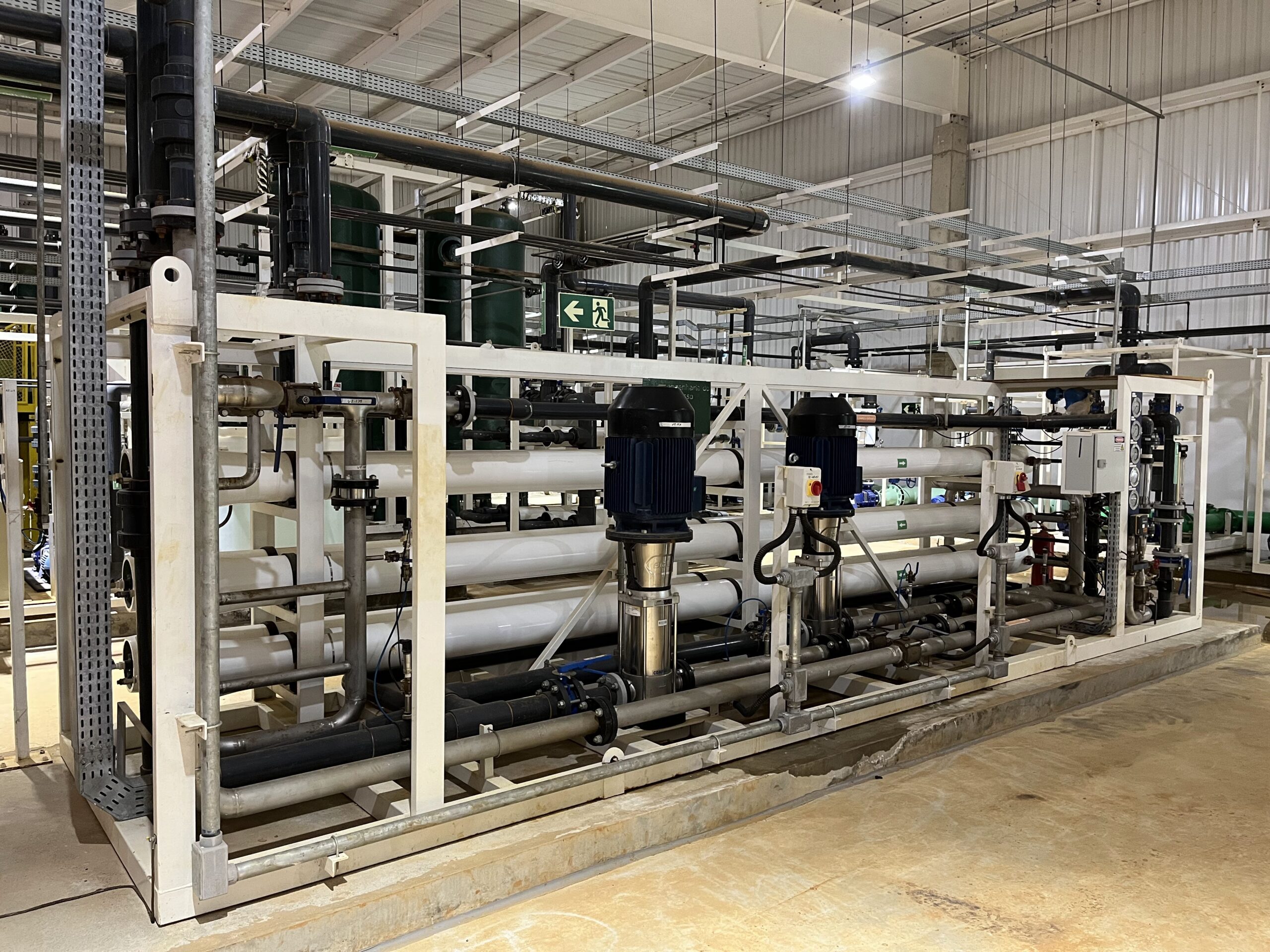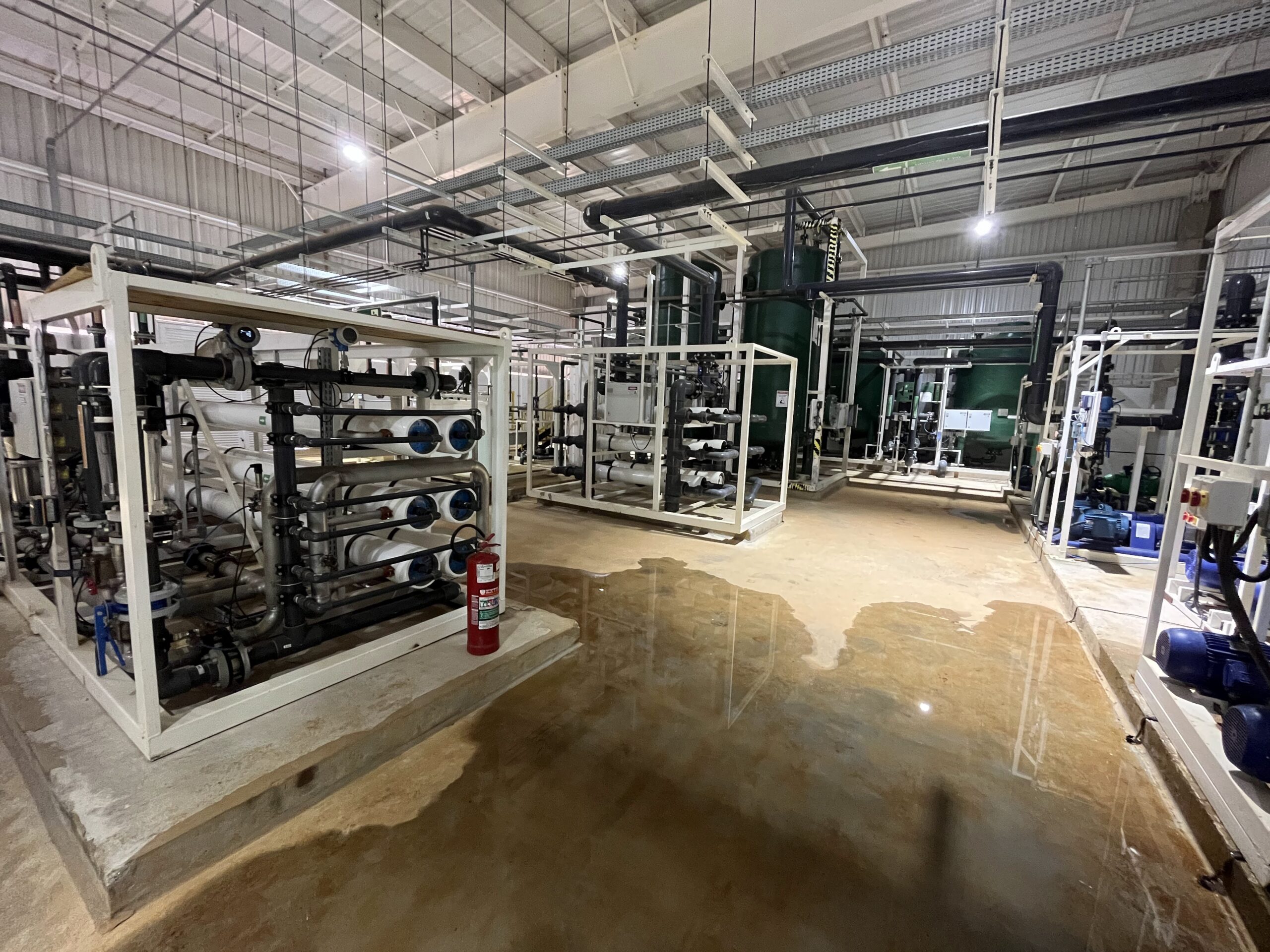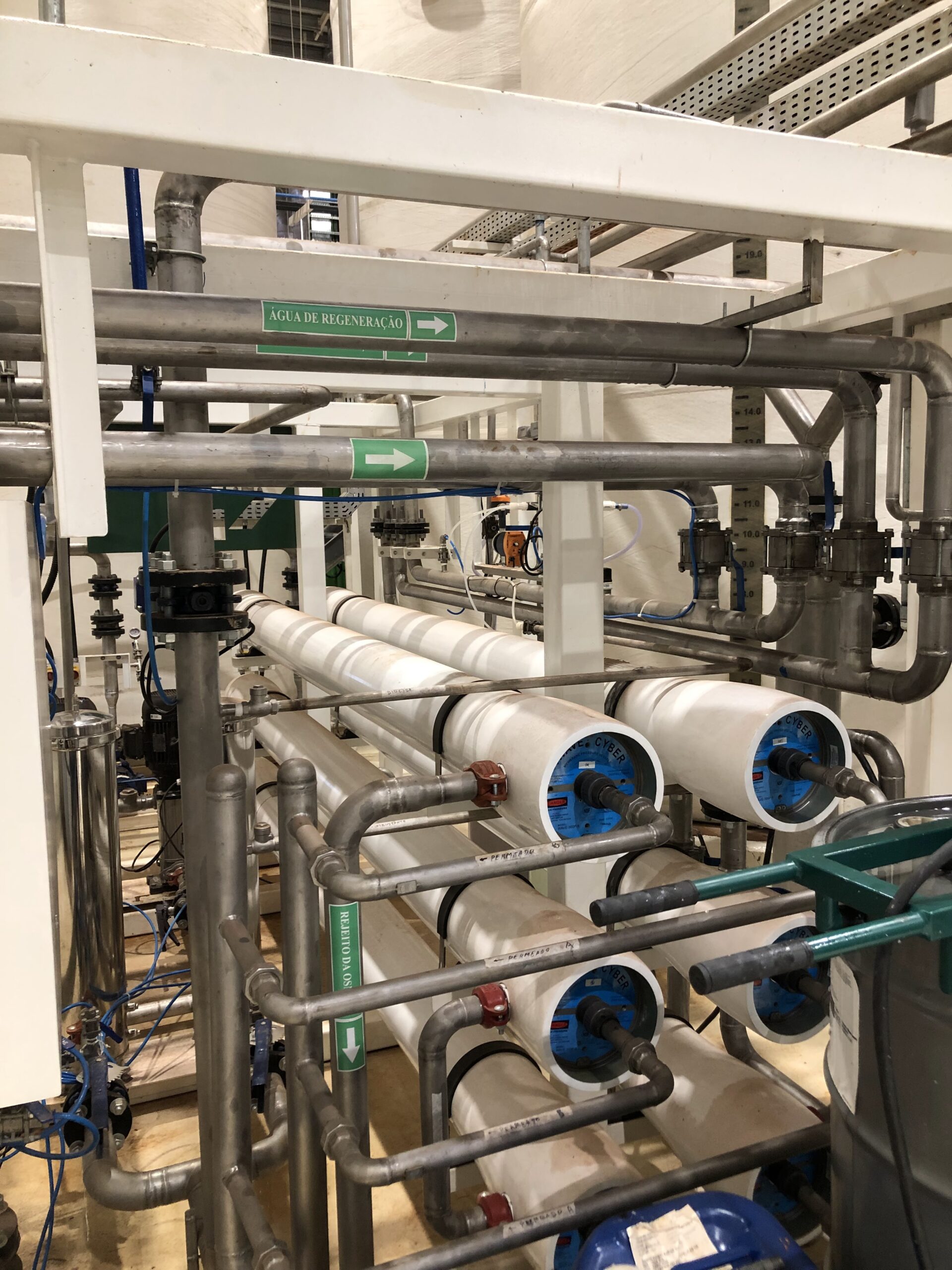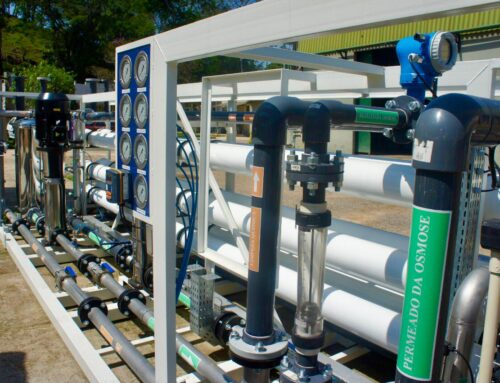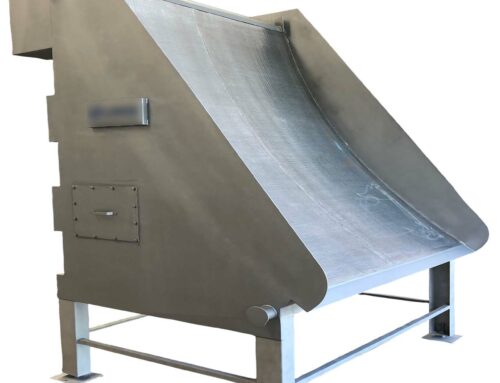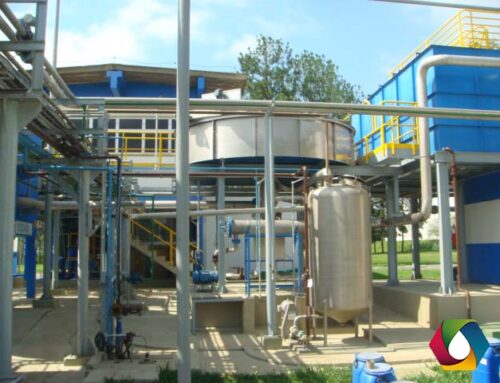A Water Reuse System is a structure or set of equipment that is designed to capture and treat water from non-potable sources such as wastewater so that it can be used again for non-potable purposes such as watering gardens, cleaning buildings or discharge into sewers.
The operating processes of a water reuse system may vary depending on the type of application and the quality of the incoming water. However, some common processes include:
- Collection and transport: Water is collected from a source such as wastewater or sewage and transported to the treatment plant.
- Physical treatment: The water is subjected to physical processes, such as filtration, flocculation or decantation, to remove suspended matter and particles.
- Chemical treatment: Water is subjected to chemical processes, such as treatment with chlorine or other disinfectants, to kill microorganisms and remove unwanted substances.
- Biological treatment: The water is subjected to biological processes, such as treatment with stabilization ponds or silt threads, to remove nutrients and other organic pollutants.
- Disinfection: The water is subjected to final disinfection, such as treatment with chlorine, ozone or UV rays, to kill any remaining microorganisms.
- Storage: Treated water is stored in reservoirs to be used again for specific purposes.
- Monitoring and maintenance: The water reuse system is regularly monitored to ensure that it is working correctly and that the treated water is within established quality limits.
Benefits
The benefits of a water reuse system include:
- Conserving water resources: Reusing water can help reduce the need to use potable water for non-potable purposes, which can conserve available water resources.
- Cost savings: Reusing water can be more cost-effective than using potable water, especially in areas where water is scarce or expensive.
- Improvement of the quality of the environment: The reuse of water can help to reduce the pollution of rivers and lakes, since treated water is less polluting than raw water.
- Reducing demand for water: Reusing water can help reduce the demand for fresh water, which can be important in areas experiencing water scarcity or population growth.
- Increased water security: Water reuse can increase water security, as it can provide an alternative source of water in the event of interruption or shortage of potable water.
- Reducing carbon emissions: Reusing water can help reduce greenhouse gas emissions, as it is generally more energy efficient than treating drinking water.
Applications
Water reuse systems can be used in a variety of applications, including:
- Agriculture: Treated water can be used to irrigate crops, which can help save drinking water and increase agricultural production.
- Landscaping: Treated water can be used to irrigate gardens, parks and lawns, which can help save potable water and maintain green areas.
- Industry: Treated water can be used for industrial purposes such as cooling, washing equipment and production processes.
- Cleaning: Treated water can be used for cleaning buildings and equipment, which can help save potable water and reduce the need to use chemicals.
- Sewers: Treated water can be used for discharge into sewers, which can help reduce pollution of rivers and lakes and increase the efficiency of the sewer system.
- Bathing and flushing: Treated water can be used for bathing and flushing in toilets, which can help save potable water and reduce the need for sewerage.
- Aquaculture: Treated water can be used for fish and shellfish farming, which can help reduce environmental pollution and increase fish production.



